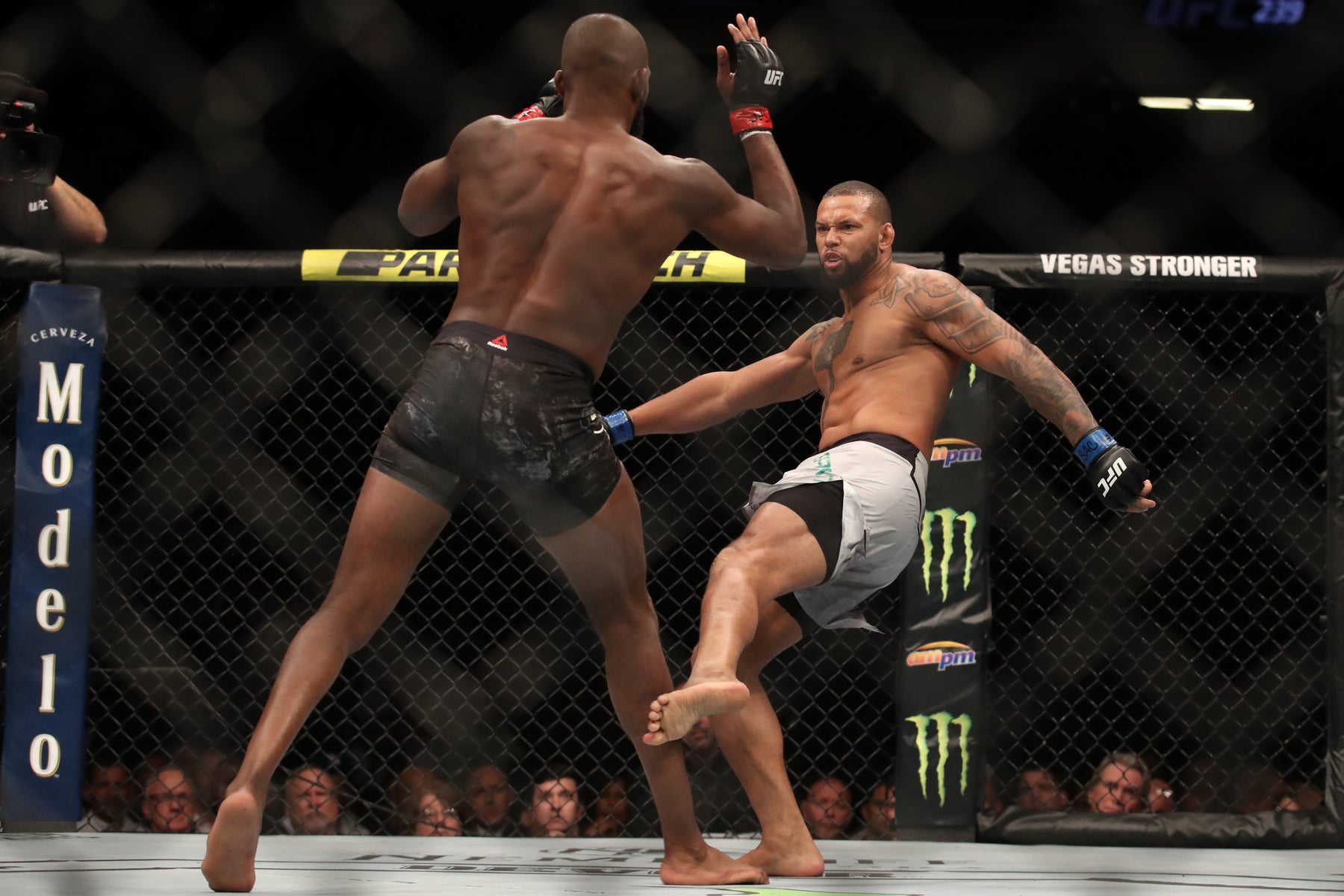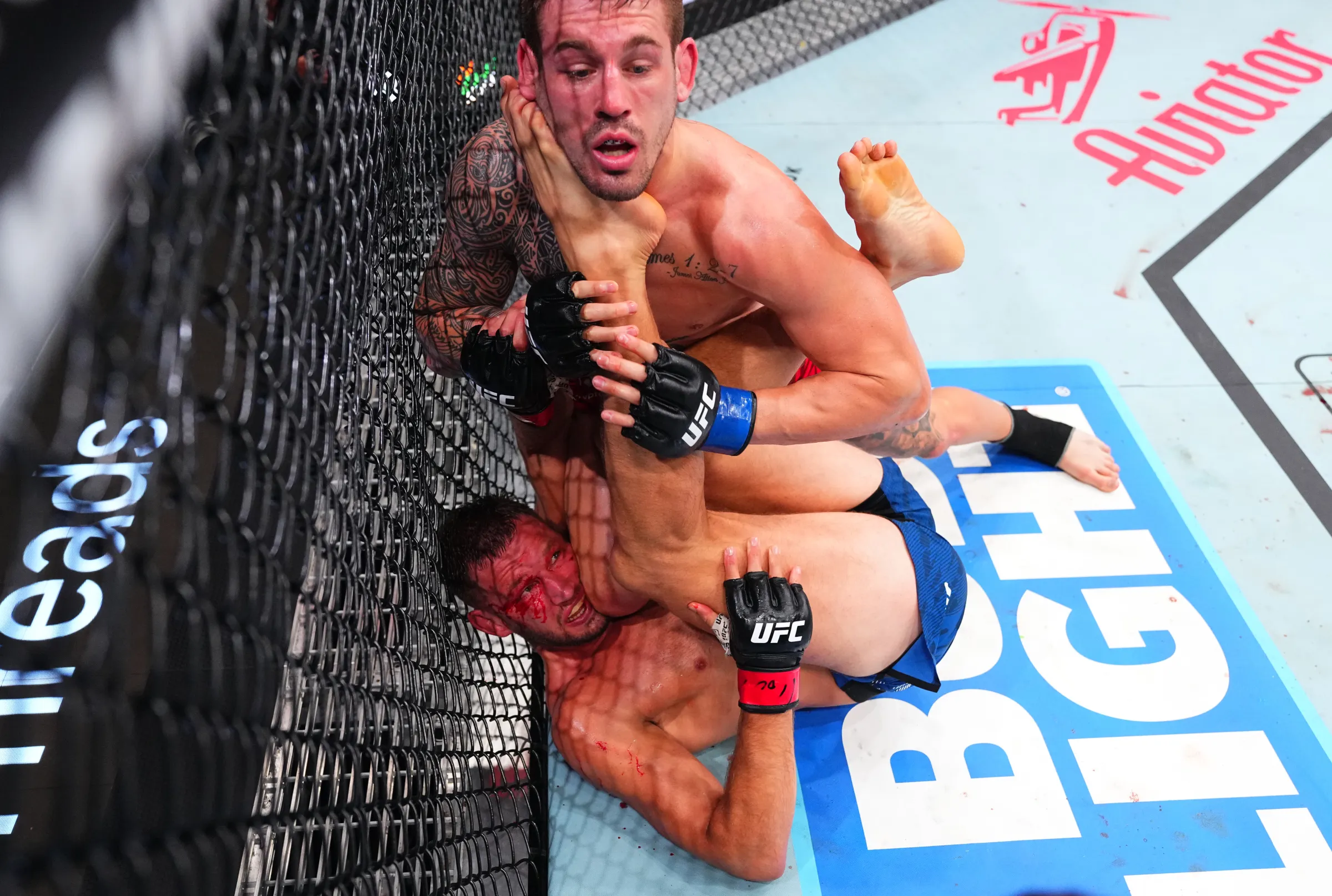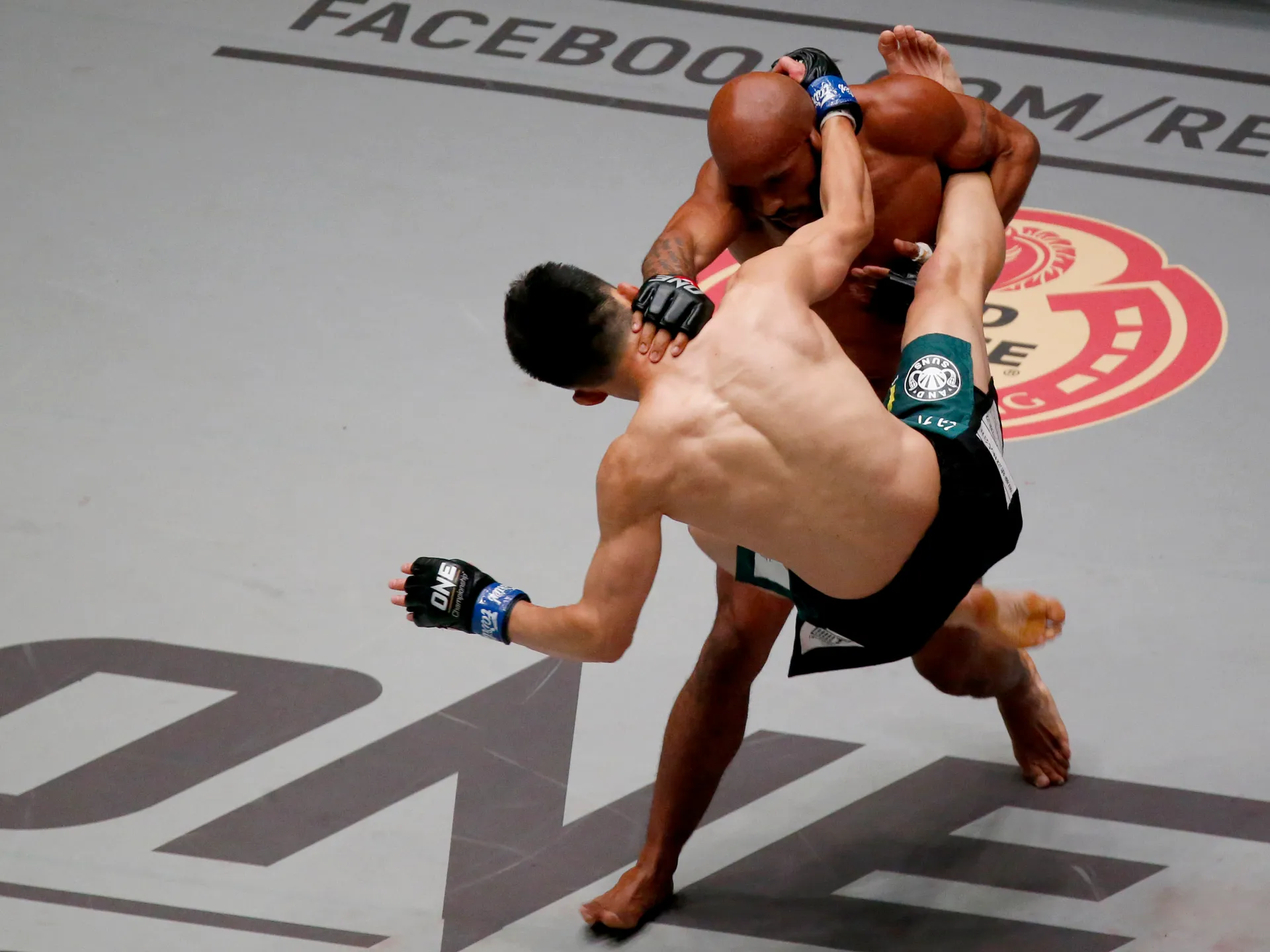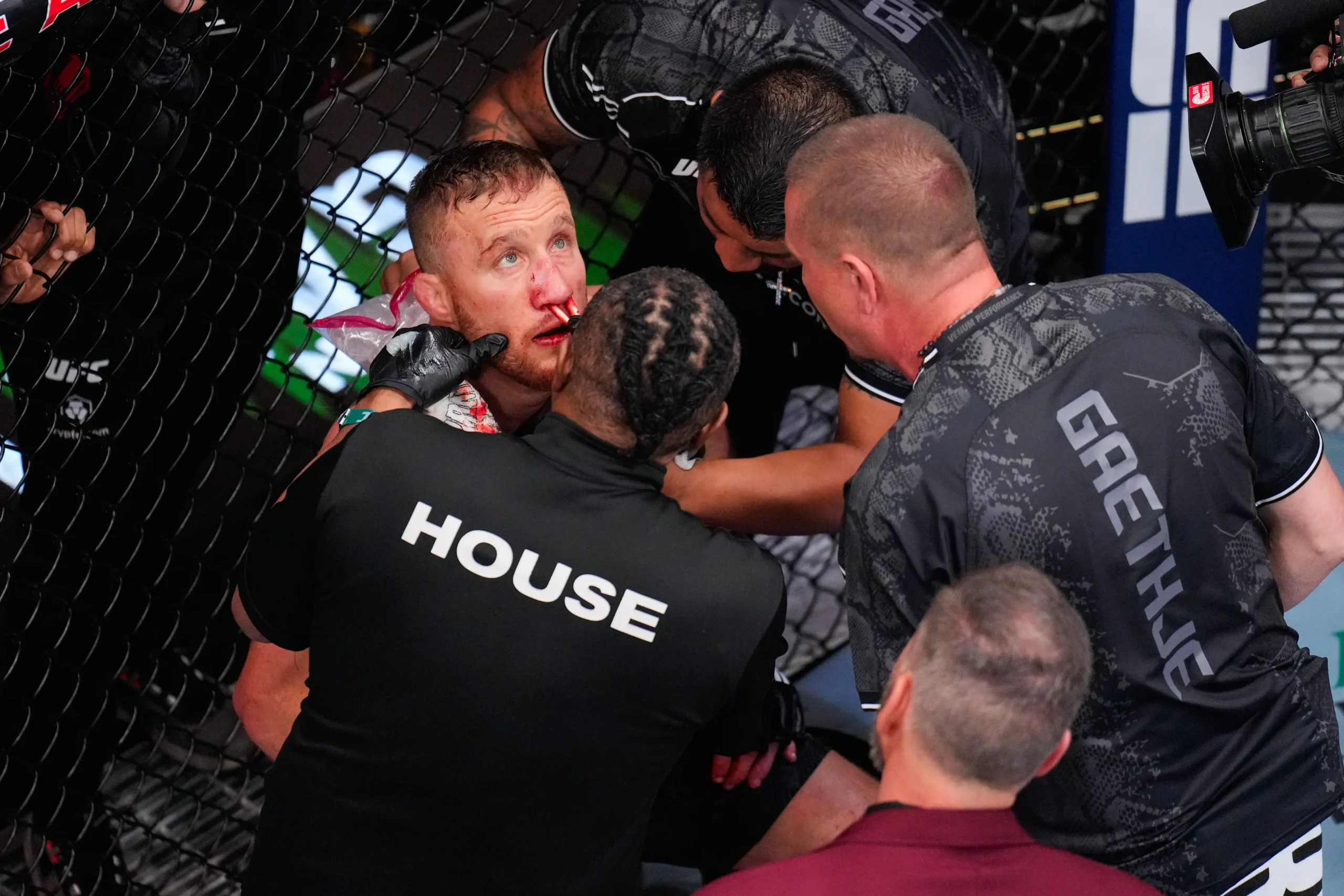Unified Rules vs ONE vs PFL rules: what’s legal, how scoring works, and why it changes fight strategy
Quick fact box
- Unified Rules: 10-point must scoring per round; knees/kicks to the head of a grounded opponent illegal; state commissions adopt updates at different times.
- ONE Championship: “Global MMA Rule Set”; knees to the head of a grounded opponent legal; fight historically scored as a whole with weighted criteria (near-finish, damage, etc.).
- PFL: Uses Unified Rules inside the SmartCage; competition format may be season, playoffs, or single-elimination “World Tournament.” Historically used points; recent seasons have format tweaks and evolving elbow policy — always check the event’s current rules.
Why these rule sets matter for outcomes
A fighter’s best option changes when the rules change. Under the Unified Rules, a single fingertip on the mat can turn a legal knee into a foul; in ONE, the same knee to a grounded opponent’s head is a scoring weapon. In the PFL, format changes (points era vs tournament) alter incentives: chasing early finishes can produce bonus points (in points seasons) or reduce damage before quick turnarounds. Knowing these levers helps you evaluate game plans, late weigh-in drama, and judging disputes without guesswork.
Grounded opponent: knees and kicks to the head
This is the biggest and most visible difference across promotions.
Unified Rules
- Definition: A grounded opponent is generally any athlete who is not solely on the soles of their feet (recent ABC revisions clarified hand-down scenarios).
- Legality: Kneeing or kicking the head of a grounded opponent is a foul; soccer kicks and head stomps are illegal. Elbow allowances (including 12-6) and the exact “grounded” definition can vary until a commission adopts the latest ABC updates.
ONE Championship
- Legality: Knees to the head of a grounded opponent are legal. Kicks to the head of a grounded opponent and head stomps are illegal. Body/leg stomps and body up-kicks to a grounded opponent are permitted.
- Tactical effect: Front headlock and sprawl positions become far more dangerous. Fighters can punish turtle and wall-walk attempts with immediate knees; you’ll see fewer “hand-touch” safe positions because they don’t grant protection.
PFL
- Legality: PFL contests run under the Unified Rules framework of the local commission. Historically, PFL restricted elbows in some seasons for cut management; policy has evolved, so check each season’s rulebook or event brief.
- Tactical effect: When elbows are restricted, top control favors forearm/wrist grind and short punches over slicing elbows; when permitted, ground-and-pound threat increases, speeding finishes and changing guard dynamics.
Bottom line: In ONE, turtle is a losing refuge; in Unified Rules/PFL, hand-down and knee-shield tactics still protect against fight-ending knees to the head.
Scoring: round-by-round vs fight-as-a-whole
Unified Rules (most UFC events)
- System: 10-point must, judged round by round.
- Primary criteria: Effective striking and grappling (impact, dominance, duration), then effective aggression, then area control. Clear guidance exists for awarding 10-8 and rare 10-7 rounds.
- Implication: A fighter can bank early rounds and survive late trouble to win 29-28. Round equity matters more than “who came closer to finishing overall.”
ONE Championship
- System: Historically scores the fight in its entirety with weighted criteria, emphasizing near-finish and damage; the whole-fight lens rewards momentum swings and closing sequences more than round banking.
- Implication: Late surges toward a finish carry outsized value; grappling sequences that progress toward submissions can trump minute-to-minute control if they threaten a stoppage.
PFL
- In-cage scoring: Follows the Unified Rules’ 10-point must per round under commission oversight.
- League overlay: Depending on the year/series, PFL has layered a season points system (win + early-finish bonuses) or a single-elimination tournament bracket. These overlays don’t change a judge’s scorecard — they change incentives for risk-taking and quick finishes.
Bottom line: If you’re predicting decisions, think “round equity” for Unified Rules/PFL, and “near-finish momentum” for ONE.
Common fouls — and where the lines diverge
- 12-6 elbows: Under recent ABC revisions, the longstanding prohibition on 12-6 elbows was removed in many jurisdictions — but adoption is commission-by-commission. You may still see events where 12-6 remains illegal.
- Soccer kicks/head stomps: Illegal under Unified Rules and in ONE (head stomps are out; body stomps with limitations appear in ONE’s rule text).
- Fence grabs, small-joint manipulation, back-of-head strikes: Prohibited across the board.
Tip for fans: Broadcasts often mention the local commission
. If a fight is in a state or country that hasn’t adopted the latest ABC changes, older interpretations (grounded hand, 12-6 elbows) may still be in play that night.
How strategy flips under each rule set
Breakdown #1 — front headlock and turtle
Unified Rules: Offensive focus is on mat returns and chain wrestling to expose the back; knees to the head are off the table once the defender is grounded.
ONE: Offensive fighter spams knees to the dome; defender avoids turtling entirely, prioritizing underhooks and seated-guard frames that don’t feed knee lanes.
Breakdown #2 — wall-walks and hand posting
Unified Rules: Hand posting can deter certain strikes while building to a stand-up.
ONE: Hand posting doesn’t protect the head; fighters must hide their head line with elbow shells or abandon the post to avoid knee routes.
Breakdown #3 — top control damage
Unified Rules/PFL (elbows permitted): Elbows from guard/open half threaten cuts and stoppages; passing pressure increases because elbows force predictable defensive shells.
PFL (seasons where elbows restricted): More wrist rides and short punches; fewer fight-ending lacerations but also fewer instant momentum swings.
PFL overlays: seasons, points, and tournaments
Beyond in-cage rules, PFL’s competitive structure is unique. In the points-based seasons, fighters earned 3 points for a win, with early-finish bonuses (3/2/1 for R1/R2/R3 before 4:59), and walkover rules around missed weight. In tournament formats, the bracket is win-and-advance with no standings math. For fans, the key takeaway is: check the graphic the broadcast shows on fight week — it tells you whether a first-round blitz earns extra points or simply preserves health for the next bracket stage.
FAQ: Unified Rules vs ONE vs PFL rules
Are 12-6 elbows legal now?
The ABC removed 12-6 elbows as a foul in 2024 guidance, but events are regulated locally. Some commissions have adopted the change; others have not. Always check the event jurisdiction.
Can you knee a grounded opponent in ONE?
Yes — knees to the head of a grounded opponent are legal in ONE. Kicks to the head of a grounded opponent and head stomps are not.
Does PFL score fights differently than the UFC?
Inside the cage, judges use the Unified Rules’ 10-point must system. The league’s season/tournament layer changes incentives (bonus points or bracket advancement), not the cage-side math per round.
Why do Unified Rules differ from state to state?
The ABC issues model rules, but each commission adopts changes on its own timeline. That’s why a rule like 12-6 elbows or a specific “grounded” definition might vary by location on a given date.
What’s the biggest tactical difference fans will notice?
In ONE, grounded knees to the head transform front headlock, sprawl, and turtle into finishing platforms. In Unified Rules/PFL, those same positions are safer and more control-oriented.
MMAailm.ee is a premier MMA blog committed to delivering comprehensive analysis, up-to-the-minute news, and exclusive insights into the global landscape of mixed martial arts. Catering to passionate MMA enthusiasts worldwide, MMAailm.ee covers everything from fight night breakdowns and athlete performances to technical evolutions and behind-the-scenes narratives. Our mission is to bridge the gap between fans and the ever-evolving world of MMA through timely information and engaging content.
Latest articles
-
UFC 321 preview (Oct 25, 2025): Aspinall vs Gane in Abu Dhabi — full card, start times, how to watch, and keys to victory
-
Calf kick in MMA: why it works, best setups, and real counters
-
UFC Fight Night De Ridder vs Brendan Allen results: Allen wins after R4 corner stoppage in Vancouver
-
Unified Rules vs ONE vs PFL rules: what’s legal, how scoring works, and why it changes fight strategy
-
UFC belts explained: what champions keep, how the Legacy Belt works, and the BMF title
-
How many rounds in UFC? A complete guide to rounds, time limits, breaks, and special cases






